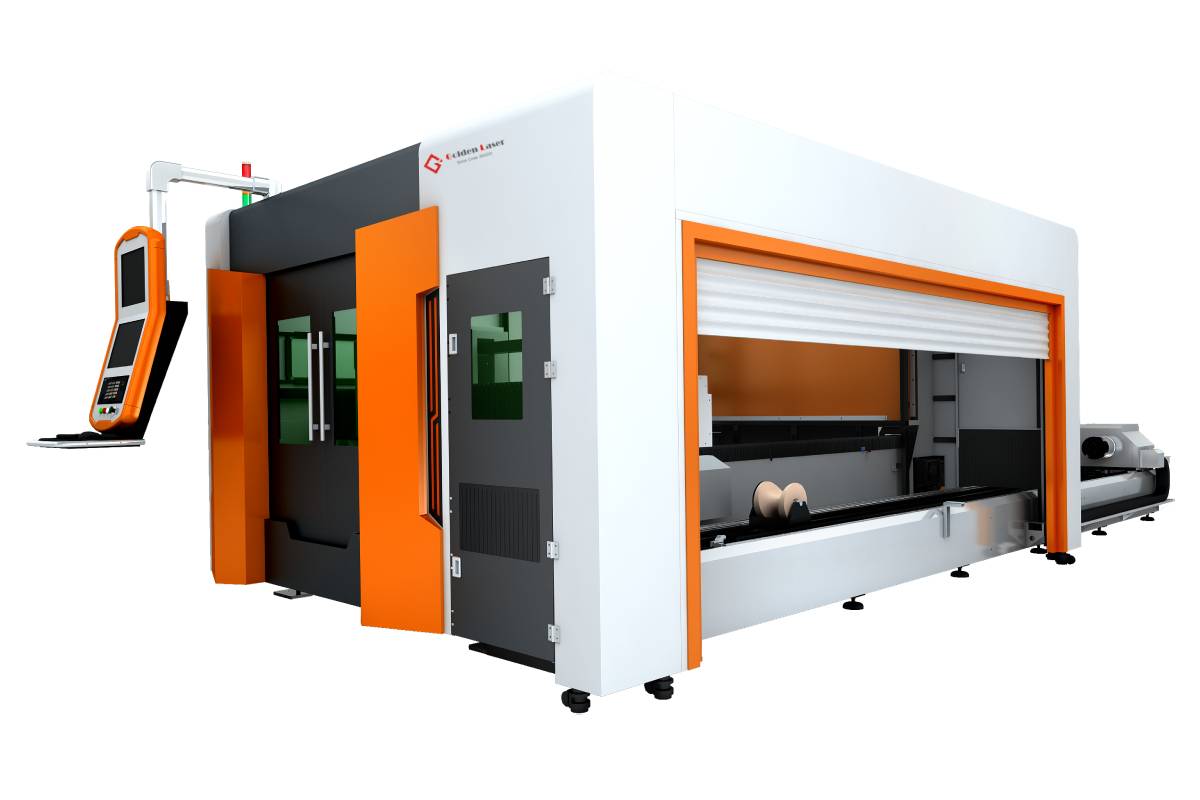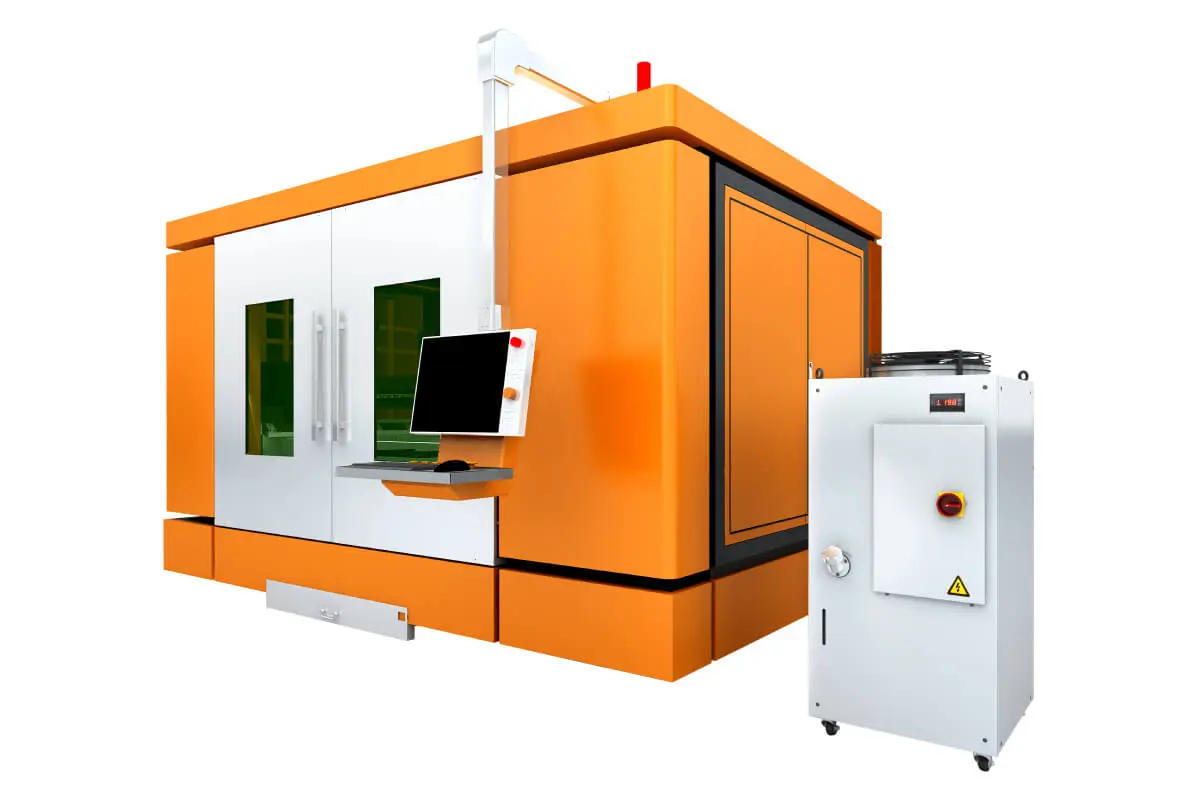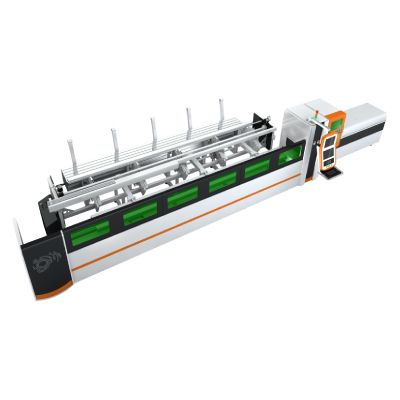Fiber laser cutting machines have emerged as a revolutionary technology that significantly enhances the efficiency and precision of industrial cutting processes. They utilize advanced laser technology, allowing for the cutting of various materials with unmatched accuracy and speed. With growing demand across industries such as automotive, aerospace, metal fabrication, and beyond, there is an increasing interest in understanding the benefits, applications, and operational capabilities of fiber laser cutting machines.
What Are Fiber Laser Cutting Machines?
At the core of fiber laser cutting technology is the laser beam itself, which is generated by a laser module and delivered through a fiber optic cable. This cutting method differs from traditional technologies like CO2 lasers, as it employs a solid-state laser that is highly efficient and capable of producing a finer beam profile. The focus of the beam can be adjusted accurately, ensuring that the cutting process remains sharp and clean, resulting in high-quality edges without excessive heat-affected zones.
Advantages of Fiber Laser Cutting Machines
1. **Increased Cutting Speed**
One of the primary advantages of fiber laser cutting machines is their speed. The high energy density generated by fiber lasers allows for rapid cutting of both thick and thin materials, drastically reducing production time. Manufacturers benefit from enhanced throughput, which contributes to meeting tight deadlines and customer demands without compromising quality.

Exploring the Advantages of Fiber Laser Cutting Machines: Revolutionizing Modern Manufacturing and Precision Engineering Industries
2. **Exceptional Precision and Quality**
Fiber laser cutting machines achieve exceptional levels of precision, making them ideal for applications demanding high tolerances and intricate designs. The fine beam quality allows for detailed and intricate cutting profiles, ensuring that even the most complex parts can be produced with a high degree of accuracy. The high-quality cut surface also reduces the need for secondary finishing processes, further enhancing operational efficiency.
3. **Versatility in Material Handling**
These machines offer versatility in material handling, capable of cutting various materials, including metals like stainless steel, aluminum, brass, copper, and even non-metal materials such as plastics and wood. This adaptability makes fiber laser cutting machines a valuable asset in manufacturing environments, as businesses can easily switch between different materials without requiring significant downtime or tooling changes.
4. **Lower Operational Costs**
While the initial investment in fiber laser cutting technology may be higher compared to traditional cutting methods, the long-term savings often outweigh the costs. Fiber lasers typically require less maintenance, have reduced operational costs due to lower energy consumption, and offer increased productivity through faster cutting speeds. Additionally, the ability to handle multiple materials and complex designs also contributes to cost efficiency in the overall production process.
5. **Environmentally Friendly**
Fiber laser cutting is an environmentally friendly option due to its reduced energy consumption and lower emissions. The efficiency of fiber lasers means they consume less electricity compared to other cutting technologies. Furthermore, the precision of the cuts minimizes waste material, allowing for a more sustainable manufacturing process.
Applications of Fiber Laser Cutting Machines
The applications of fiber laser cutting machines are diverse and encompass various industries. In the automotive sector, fiber lasers are used for cutting body panels, exhaust systems, and intricate components with high efficiency and accuracy. The aerospace industry uses fiber lasers for cutting lightweight yet strong materials necessary for aircraft manufacturing. Equipment manufacturing, commercial signs, and metal art are just a few additional industries that have benefited from the versatility and performance of fiber laser cutting technology.

Exploring the Advantages of Fiber Laser Cutting Machines: Revolutionizing Modern Manufacturing and Precision Engineering Industries
Conclusion

Exploring the Advantages of Fiber Laser Cutting Machines: Revolutionizing Modern Manufacturing and Precision Engineering Industries
In summary, fiber laser cutting machines are revolutionizing the manufacturing sector by offering numerous advantages, including faster cutting speeds, superior precision, versatility in material handling, lower operational costs, and environmentally-friendly operations. As technology continues to evolve, fiber laser systems are becoming increasingly sophisticated, paving the way for advanced applications and enhancing productivity across various industries. Manufacturers considering the transition to fiber laser cutting technology can expect to experience significant improvements in their production processes, ultimately leading to increased competitiveness in today’s fast-paced market. As this technology becomes more accessible, it will undoubtedly play an integral role in the future of precision engineering and manufacturing. 2000w 3015 Fiber Cutting Machine


